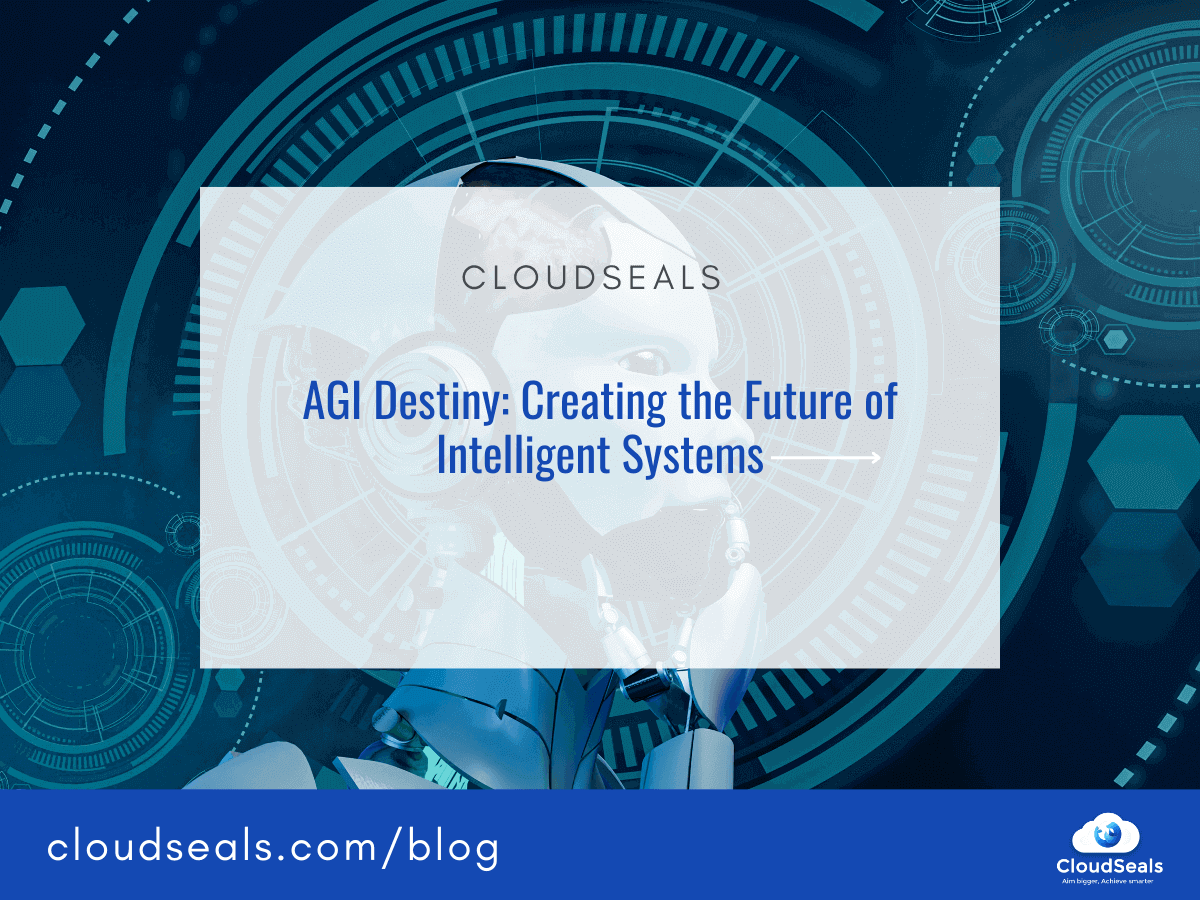
In the rapidly evolving world of IT operations, Artificial Intelligence (AI) has emerged as a game-changer, driving the adoption of AIOps (Artificial Intelligence for IT Operations). AIOps leverages advanced AI algorithms and machine learning models to optimize IT processes, enhance system performance, and enable proactive issue detection and remediation.
However, as these AI models become more complex and sophisticated, their decision-making processes often resemble black boxes, obscuring the rationale behind their recommendations and predictions. This lack of transparency can undermine trust, raise ethical concerns, and hinder the effective adoption of AIOps, especially in mission-critical environments where downtime and service disruptions can have severe consequences.
Enter explainable AI (XAI), a cutting-edge field that aims to demystify the inner workings of AI models, enabling greater transparency and interpretability in their decision-making processes. By shedding light on how AI models arrive at their conclusions, XAI techniques empower organizations to build trust, ensure accountability, and foster a culture of responsible AI adoption within their AIOps strategies.
Unraveling the Black Box:
XAI Techniques for AIOps Several XAI techniques have gained traction in the AIOps landscape, offering IT professionals valuable insights into the decision-making processes of AI models:
- Local Interpretable Model-agnostic Explanations (LIME): LIME explains individual predictions by approximating the behavior of the original model locally, making it easier to understand the rationale behind specific decisions. For example, in an AIOps context, LIME could provide insights into why a particular system anomaly was flagged, highlighting the most influential features that contributed to the model’s prediction.
- Shapley Additive Explanations (SHAP): SHAP assigns importance values to each input feature, quantifying their contribution to the model’s output. In AIOps, SHAP could help IT teams understand which metrics or log events had the most significant impact on a model’s recommendation for a particular system configuration change.
- Attention Mechanisms: These mechanisms, commonly used in deep learning models, highlight the most relevant parts of the input data, helping to understand which features the model focuses on when making predictions. In AIOps, attention mechanisms could reveal the specific log entries or performance metrics that were most influential in detecting a system failure.
- Counterfactual Explanations: These explanations provide insights into how the model’s output would change if specific input features were different, allowing IT professionals to understand the impact of potential changes. For example, counterfactual explanations could show how adjusting specific system parameters might affect the likelihood of a predicted outage or performance degradation.
The Benefits of Embracing Explainable AI in AIOps:
Adopting explainable AI in AIOps can yield numerous benefits for organizations, including:
- Increased Trust and Accountability: By demystifying AI decision-making, explainable models foster trust among IT teams, enabling them to understand and validate the recommendations provided by AIOps systems, leading to more informed and confident decision-making.
- Improved Debugging and Troubleshooting: Explainable AI models can help identify and diagnose potential biases, errors, or anomalies in the decision-making process, facilitating more effective troubleshooting and model refinement. This allows organizations to continuously enhance their AIOps systems’ performance and accuracy.
- Regulatory Compliance: In industries with stringent regulations, such as finance or healthcare, explainable AI can help demonstrate compliance with transparency and accountability requirements, ensuring that AI-driven decisions can withstand scrutiny and audits.
- Continuous Improvement and Optimization: By understanding the rationale behind AI decisions, IT professionals can gain valuable insights into the strengths and weaknesses of their AIOps systems, enabling continuous improvement and optimization.
Real-World Success Stories: Explainable AI in Action:
Numerous organizations across various industries have successfully implemented explainable AI in their AIOps initiatives, reaping the benefits of increased transparency and trust. For instance, a leading financial institution leveraged SHAP to interpret the recommendations of their AIOps system for identifying potential security breaches. By understanding the most influential factors contributing to the model’s predictions, the organization could more effectively prioritize and address potential threats.
Another example is a large-scale e-commerce company that utilized counterfactual explanations to optimize their website’s performance during peak traffic periods. By simulating different scenarios and understanding how changes in system configurations would impact performance, the company could proactively adjust resources and prevent potential outages or slowdowns.
Embracing Explainable AI in Your AIOps:
Strategy As organizations increasingly adopt AIOps to drive operational excellence, embracing explainable AI is crucial for building trust, ensuring accountability, and fostering a culture of transparency. However, successfully implementing explainable AI in AIOps requires careful consideration of several factors:
- Data Quality and Preparation: Explainable AI models rely on high-quality, well-prepared data to provide accurate and reliable explanations. Organizations must invest in robust data cleaning, normalization, and feature engineering processes to ensure the integrity of their AI models’ inputs.
- Model Selection and Evaluation: Choosing the appropriate AI model and XAI technique is essential for achieving the desired level of interpretability and transparency. Organizations should carefully evaluate different models and XAI methods, considering their specific use cases, data characteristics, and interpretability requirements.
- Change Management and Upskilling: Adopting explainable AI in AIOps often requires a cultural shift within organizations. IT teams may need to be upskilled to understand and effectively utilize XAI techniques, while fostering a mindset that embraces transparency and accountability in AI-driven decision-making.
By addressing these considerations and leveraging the power of explainable AI, organizations can unlock the full potential of AIOps while maintaining ethical and responsible AI practices. At [Your Company Name], we are at the forefront of delivering cutting-edge AIOps solutions that prioritize transparency and trust, empowering our clients to navigate the complexities of modern IT operations with confidence.
Experience the future of AIOps today. Contact our experts to learn how explainable AI can revolutionize your IT operations and drive operational excellence.




